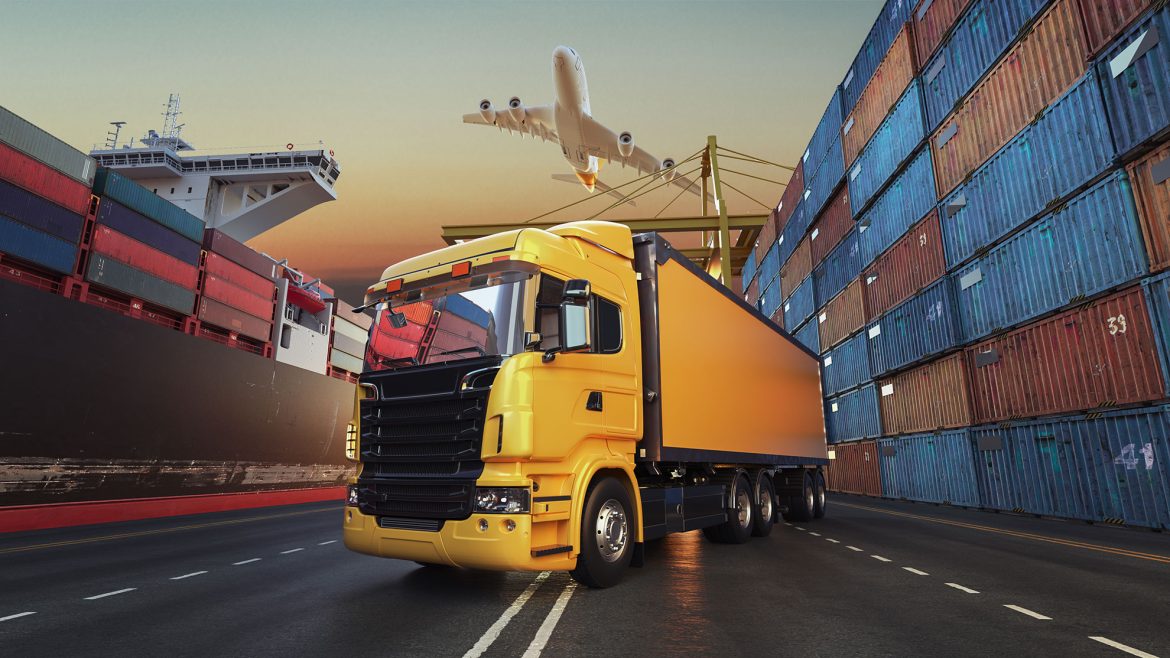The freight transport sector in Italy is navigating turbulent waters as 2025 draws to a close. While the economy struggles to maintain stability, the backbone of its logistics is being shaken by a combination of chronic challenges and new regulatory pressures. Congestion on its main corridors, an aging truck fleet, and high operational costs remain persistent headaches for carriers, who are seeing their profit margins shrink in a context of stubborn inflation.
The main stumbling block, however, has a name and concrete deadlines: the green transition. As a pillar of the European Union, Italy is obliged to meet the ambitious net-zero emissions target for 2050, with increasingly strict intermediate milestones. Carriers are on the front line, pressured by the urgent need to decarbonize their operations. Adaptation is not just a matter of environmental responsibility, but of business survival in a market that will progressively penalize carbon.
In this sense, the transition to zero-emission mobility is the major strategic challenge. The European Commission, with its “Fit for 55” package, has established a roadmap that Italy must implement. For long-distance trucks, this means a race against time to adopt technologies like green hydrogen and electrification, whose refueling and charging infrastructure is still in its infancy on the peninsula. Range anxiety and the high investment cost of new vehicles are hampering the speed of this necessary renewal.
Faced with this scenario, Italy is not standing idly by. The government, within the framework of the National Recovery and Resilience Plan (PNRR), has allocated significant funds to incentivize the purchase of electric and hydrogen trucks, as well as for the development of green corridors with adapted service stations. Furthermore, measures are being promoted to strengthen intermodal transport, shifting freight from road to rail, a mode of transport that is inherently more efficient and less polluting for long distances.
Despite these efforts, as of November 2025, the prevailing feeling among carriers is one of uncertainty. The aid, although available, often runs into bureaucracy and does not arrive with the speed the situation demands. Many small and medium-sized transport companies, which form the core of the sector, fear they will not be able to bear the costs of the transition and will be forced out of the market. The challenge is not only technological, but also social and economic.
In conclusion, Italian freight transport is playing for its future at this very moment. The path towards decarbonization is irreversible and the European Union is closely monitoring its progress. Italy’s ability to streamline investments, simplify bureaucracy, and ensure a just transition that does not leave the smallest players behind will determine whether its logistics emerge stronger and more competitive, or whether, on the contrary, they succumb to the weight of inertia and costs. The year 2025 will go down in history as the turning point when the sector had to choose between adapting or becoming obsolete.
